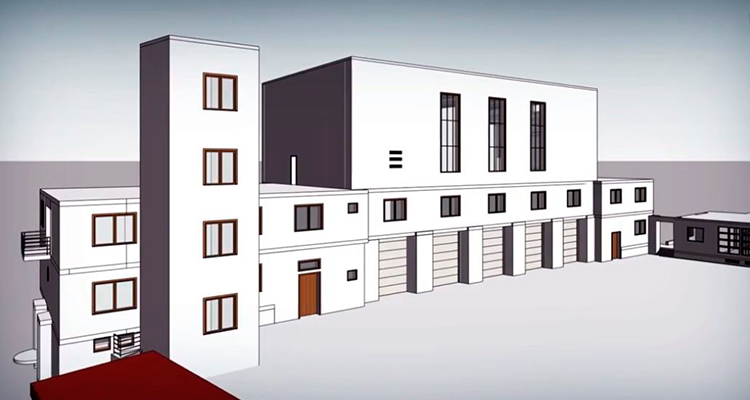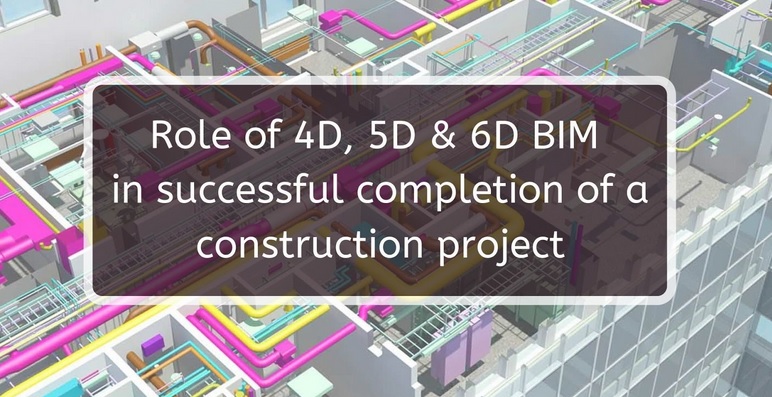Know the Role of 4D, 5D & 6D BIM in Successful Completion of a Construction Project
Role of 4D, 5D & 6D BIM Services

With the evolution of Building Information Modeling (BIM), the construction sector has experienced a paradigm shift in building designing process. It enables the user to develop including graphical & non-graphical information model. Nevertheless, the information created becomes detailed when it progresses through the maturity levels such as 1, 2, and 3.
However, most often, BIM maturity is interchanged with the BIM dimensions. While BIM maturity explains the exchange of information digitally, BIM dimensions give a fuller understanding of the construction project.
Today, there are multiple ways of doing Building Information Modeling. This includes 2D, 3D, 4D, 5D and so on. While 2D &3D BIM gives a clear picture of its purpose to the users, 4D, 5D, etc. BIM has created a whole lot of confusion among its users.
As per the bim services consultants at Asctechno.com, each dimension has a different role and vary in many aspects.

Let's have a look at a few of BIM dimensions & their benefits
- 4D BIM
4D BIM or construction sequencing includes an additional dimension of information in the form of scheduling data. This information is used to acquire precise program details and visuals as to how the project is proceeding. Using 4D bim services one can gain control over conflict detection or complexity of changes involved in the construction process. Some of the added advantages of this type of dimension are:
- Enhances site planning and scheduling optimization
- Improves sharing of information about timeline expectations
- Seamless coordination between the users
- Improves efficiency and safety
- Enables addition of sequencing information
- 5D BIM
5 dimension BIM, known for applying ‘cost’ element to a construction project, takes a form of 3D geometry and enables the user to visualize the progress of the building process. 5D BIM allows faster automatic generation of quantities to be processed during the project. It also lets the user identify novel approaches to deliver competent designs. The hidden benefits of using 5D BIM in a construction project include:
- Simplified budget and cost analysis
- Minimizes cost reporting and budgetary offshoot
- Automatically counts for system, component, etc.
- Provides real-time cost 3D visualisation
- 6D BIM
6D BIM, also known as integrated BIM, includes details (installation date, the configuration of elements, etc.) required to back facilities management and operations to drive the desired construction outcomes. This kind of BIM dimension provides an easy-accessible and deeper understanding of extrapolating information. Additionally, designers can get access to a range of built assets permutations. Other benefits of 6D BIM are:
- It captures and records data
- Lets the user assess the cost-effectiveness
- Enables pre-planning of maintenance activities
- Provides long-term virtual building model
- Offers localized construction information
In the upcoming years, BIM is likely to widen and bring a considerable amount of improvements in the construction industry. If you are looking forward to adding value to your building project, employ dimensions in the designing process and achieve the desired results. If you need some assistance with the process, talk to professionals offering high-quality structural bim modeling services.












